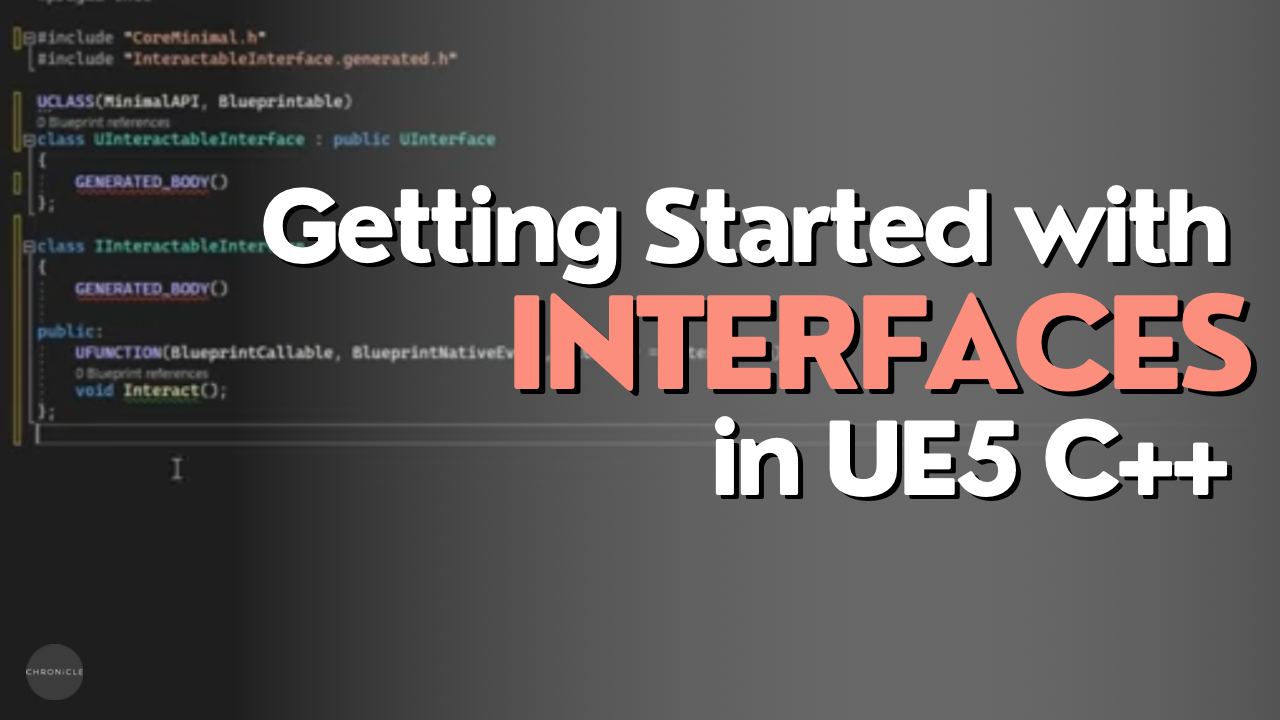Getting Started with Interfaces in Unreal Engine | C++
 Kori DaCosta
Kori DaCostaTable of contents

Tired of constantly casting about for the right way to communicate between objects in Unreal Engine? Well, don’t get yourself in a bind — okay that was probably a bit heavy on the puns.
Creating a standardized way for different actors to perform a specific action or communicate with each other in Unreal Engine can be a challenge for many developers. Often times, I have seen developers resort to using actor references obtained through casting. Luckily there is a better solution. Well two solutions, but we are going to ignore event dispatchers for now, and focus on: Interfaces. In this article, we’ll explore how interfaces work, and briefly touch on the advantages/disadvantages of using them in your code.
Interfaces in Unreal Engine define a set of common functions that actors can implement to communicate and interact with each other without explicit references or custom events. This separation of implementation details reduces coupling between actors and game components.
Advantages and Disadvantages
Interfaces have several advantages including promoting modularity and code reuse, improving the flexibility and extensibility of your code, providing a standardized way for objects to communicate with each other, and making your code more testable and maintainable. However, using them can also add complexity if not designed carefully, making it harder to understand the flow of large codebases.
Interfaces vs Casting
Interfaces are not really the same as casting. They serve different purposes, even though they are both used to try and solve the same problems like object interaction. Casting allows direct access to an object’s properties and functions based on its type, while interfaces provide a standardized set of functions that can be implemented by any class that uses the interface. Although interfaces may have a slight performance hit due to the additional overhead required to call functions, the advantages mentioned above often outweigh the potential downside.
Conclusion
In this article, we briefly introduced Interfaces and explored some of their advantages/disadvantages when it comes to Unreal Engine. We also discussed how interfaces differ from casting. In the next part, we’ll dive into coding an interface using C++.
Subscribe to my newsletter
Read articles from Kori DaCosta directly inside your inbox. Subscribe to the newsletter, and don't miss out.
Written by
